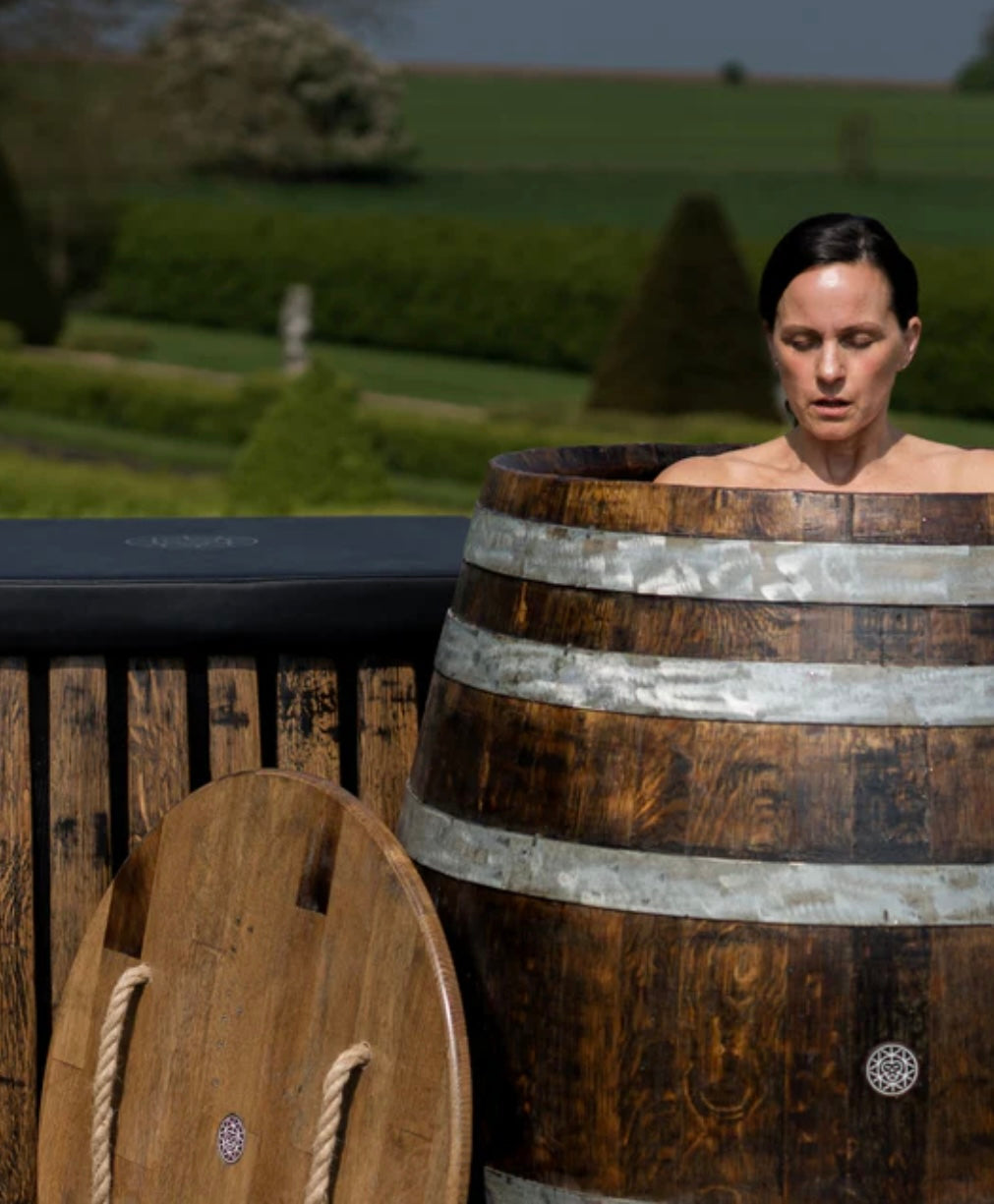Wondering if you'll emerge an ice sculpture from that Ice Bath? Short answer: aim for 1–5 minutes in your Cold Plunge, Ice Bath Tub, or Cold Plunge Tub! Keep reading for tips on finding your perfect chill time, staying safe, and getting maximum recovery benefits.

2. Understanding Recommended Cold Plunge Durations
2.1. General Guidelines and Progression
2.1.1. Overall Recommended Time Ranges (e.g., 2–10 minutes)
Experts usually suggest 2–10 minutes in a Cold Plunge or Ice Bath Tub.
This range offers strong benefits without excessive risk.
Shorter times suit beginners, while experienced users may handle longer sessions safely.
2.1.2. Benefits from Short Durations (e.g., 30 seconds to 2–3 minutes)
Even 30 seconds to 2–3 minutes can deliver results.
Quick dips help reduce inflammation, boost circulation, and sharpen mental focus.
Shorter plunges are accessible for daily use without much discomfort.
2.1.3. Progression for Beginners vs. Experienced Plungers
Start with shorter sessions to build confidence.
Gradually extend your time as you acclimatise.
Experienced plungers often tolerate longer exposure while managing the cold shock response.
3. Factors Influencing Your Optimal Plunge Time
3.1. Tailoring Duration to Specific Goals and Water Temperature
3.1.1. Time for Muscle Recovery and Inflammation Reduction
For recovery, aim for 2–5 minutes.
Cold immersion can reduce swelling and improve post-exercise comfort.
It supports faster healing after workouts.
3.1.2. Duration for Mental Clarity, Mood, and Stress Resilience
Short plunges of 1–3 minutes work well for mood and focus.
Cold exposure triggers endorphins, leaving you alert and energised.
It’s a simple way to reset your mind.
3.1.3. The Inverse Relationship: Colder Water, Shorter Plunge Time
As water gets colder, shorten your time.
Very cold water demands brief exposure to avoid overdoing it.
Always pay attention to how your body feels.
3.1.4. Recommended Temperature Ranges for Different Goals
Beginners can try 10–15 °C for comfort and safety.
Advanced users might explore 4–10 °C, but reduce time accordingly.
Match temperature and duration to your goals and experience.
4. Frequency and Consistency for Lasting Benefits
4.1. Ideal Weekly Schedule for General Wellness
Aim for 2–4 sessions each week.
This frequency helps maintain recovery, circulation, and stress relief.
Consistency delivers better results over time.
4.2. Considerations for More Frequent or Daily Plunging
Daily plunges can work if you manage time and temperature carefully.
Keep sessions shorter on back-to-back days.
Monitor how your body responds to avoid overuse.
5. Prioritising Safety and Listening to Your Body

5.1. Recognising Limits and Managing the Cold Shock Response
5.1.1. Key Signs of Overexposure (e.g., Uncontrolled Shivering, Numbness)
Watch for intense shivering, numbness, confusion, or blue lips.
If these appear, exit immediately and begin warming up gently.
5.1.2. The Role of Breathing Techniques and Mental Preparation
Use slow, steady breathing to reduce the shock response.
Mental readiness helps you stay calm and controlled in the cold.
5.2. Essential Safety Practices and Professional Consultation
5.2.1. Gradual Entry and Safe Exiting Procedures
Ease in slowly to allow your body to adapt.
Exit carefully to avoid dizziness or slips.
5.2.2. Post-Plunge Rewarming Guidelines
Dry off and dress warmly straight after.
Gentle movement, blankets, or warm drinks help restore comfort.
5.2.3. When to Consult a Healthcare Professional (Pre-existing Conditions)
Check with your GP before starting Cold Plunge sessions if you have heart conditions or other concerns.
Your health and safety always come first.
Takeaways
-
1–5 minutes is the ideal range for most.
-
Colder water calls for shorter sessions.
-
Build up gradually and listen to your body.
-
Stay consistent for lasting benefits.
-
Always prioritise safe practices and consult a professional if needed.






